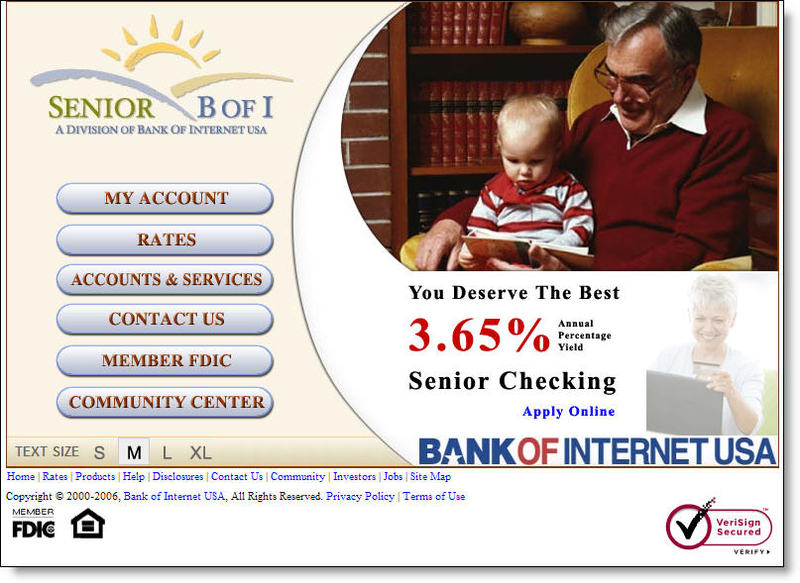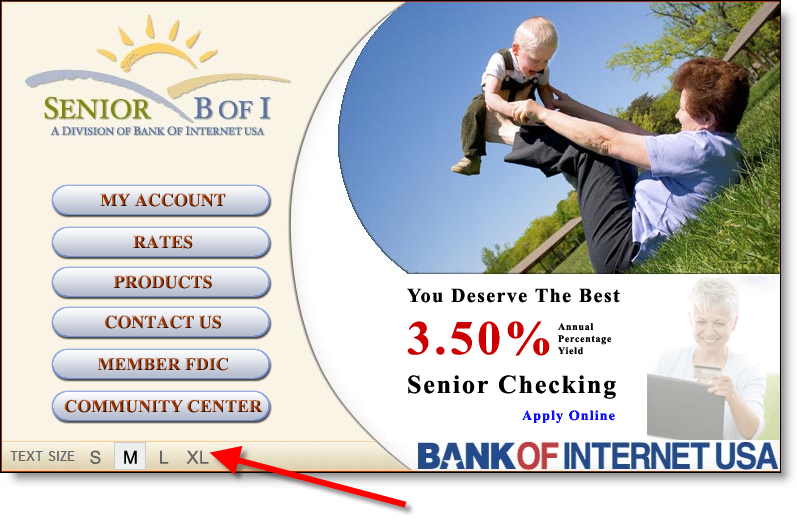 It’s been 5 years since NetBank failed (see our post). At the time it was the largest bank failure in 14 years. But little did we know then (Sep 2007), that the $110 million taxpayers coughed up to cover its deposits was nothing compared to what was about to happen in the financial markets (note 1).
It’s been 5 years since NetBank failed (see our post). At the time it was the largest bank failure in 14 years. But little did we know then (Sep 2007), that the $110 million taxpayers coughed up to cover its deposits was nothing compared to what was about to happen in the financial markets (note 1).
After the failure, ING Direct bought the NetBank retail deposit business and took ownership of the domain netbank.com. But they never did anything with it besides forwarding the URL it its homepage.
But evidently Capital One didn’t want to be associated with that failed endeavor and/or it thought the "net" was too limiting for the mobile world. So, the Netbank URL and name were sold sometime this year to Bank of Internet (note 2). The URL has pointed to BofI since at least September. No word on the purchase price, but given that investing.com just sold for $2.5 million, I’m guessing it was in the $500,000 to $1 million range.
Anyway, the back story matters little anymore. It’s a good name, and once the Google search results no longer have those 5-year-old "failure" articles on the first page, the baggage should be reduced to almost nothing (note 3).
As you can see from the banner running across the homepage (see second screenshot below), the new NetBank is targeting the account towards the "underbanked" (note 4). But the account is positioned as "real checking" as opposed to a prepaid card.
And it has one key feature that sets it apart from most checking accounts: the ability to deposit cash into the account via Green Dot’s MoneyPak.
The checking account costs $6.95/mo with direct deposit, or $8.95 per month. It pays 0.25% interest and is loaded with all the important account features (checks, debit card, p2p transfers, rewards, PFM, mobile remote deposit and so on).
It’s a good value compared to many alt-banking products. However, consumers in good standing with the U.S. banking system and willing to forego the MoneyPak option, would save with BofI’s free checking with no overdraft charges.
Bottom line: It’s good to have the brand back in the game. Now, when will someone revive NextCard’s name?
——————————-
Before: Last known screenshot of bank before failure (20 Aug 2007, from Archive.org)
After: NetBank’s new homepage (13 Dec 2012)
—————————–
Notes:
1. For those that want to relive those dark days, here is the 54-page U.S. Treasury audit of why Netbank failed (published 23 April 2008).
2. I don’t know whether Capital One acquired netbank.com in its ING Direct acquisition or whether ING Direct sold it directly to BofI. It was not a material asset in the $9 billion deal.
3. Someone needs to do BofI a favor and get that Wikipedia entry updated ASAP.
4. Or at least those currently locked out of the banking system due to bad ChexSystem scores.









